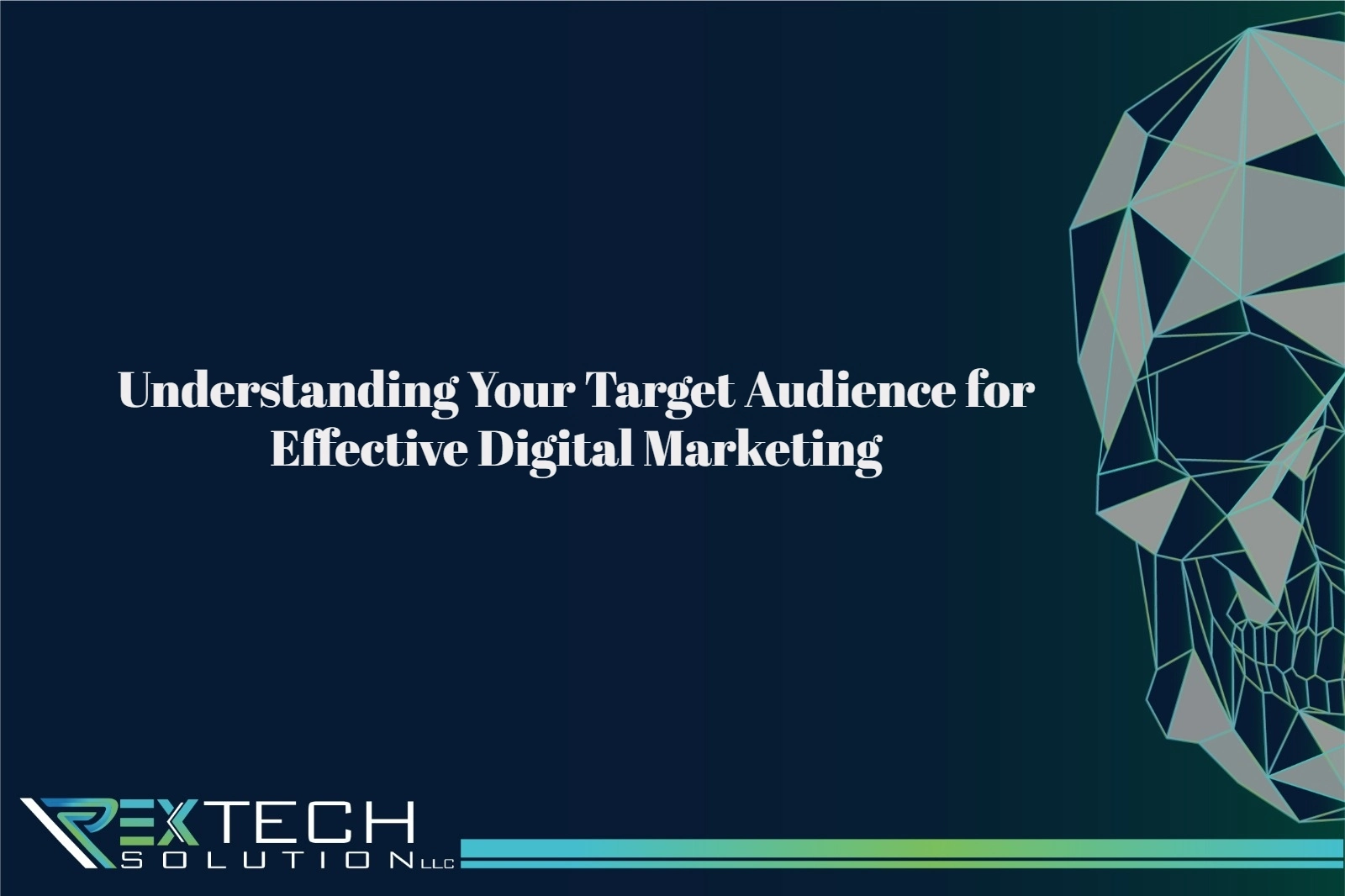Digital marketing is vital, but its success depends on understanding your audience. Knowing their demographics, preferences, and online behavior helps tailor your strategies. This article explores why audience understanding is crucial and provides tips for effective digital marketing.
1. Why Understanding Your Target Audience Matters
Understanding your target audience is crucial because it allows you to create marketing campaigns that resonate with them. By knowing their needs, preferences, and pain points, you can tailor your messaging to address their specific concerns, increasing the likelihood of engagement and conversions.
2. Conducting Market Research
One of the best ways to understand your target audience is to conduct market research. This can involve analyzing demographic data, conducting surveys or focus groups, and studying online behavior patterns. Market research provides valuable insights into who your audience is and what they are looking for.
3. Creating Buyer Personas
Buyer personas are fictional representations of your ideal customers based on market research and real data about your existing customers. Creating detailed buyer personas can help you better understand your audience’s motivations, goals, and challenges, allowing you to create more targeted and effective marketing campaigns.
4. Analyzing Online Behavior
Analyzing your audience’s online behavior can provide valuable insights into their preferences and interests. Tools like Google Analytics can help you track website traffic, engagement metrics, and conversion rates, giving you a better understanding of how your audience interacts with your brand online.
5. Tailoring Your Messaging
Once you have a clear understanding of your target audience, you can tailor your messaging to resonate with them. This can involve using language and imagery that speaks to their interests and concerns, as well as highlighting the benefits of your products or services that are most relevant to them.
6. Engaging with Your Audience
Engaging with your audience via social media, email, and other channels gathers valuable feedback. This insight informs your marketing, strengthens relationships, and boosts campaign effectiveness.
7. Segmenting Your Audience
Segmentation involves dividing your audience into smaller groups based on shared characteristics. This can be done based on demographics, behavior, or preferences. By segmenting your audience, you can create more personalized and relevant marketing campaigns that speak directly to each group’s needs and interests.
8. Leveraging Customer Feedback
Customer feedback is a valuable resource for understanding your audience. Encourage reviews, conduct surveys, and actively seek out customer opinions. This feedback can reveal pain points and areas for improvement, helping you refine your marketing strategies and better meet your audience’s needs.
9. Utilizing Social Listening Tools
Social listening involves monitoring social media platforms for mentions of your brand, competitors, and relevant industry keywords. By leveraging social listening tools, you can gain real-time insights into your audience’s perceptions, preferences, and emerging trends, allowing you to adapt your marketing strategies accordingly.
10. Continuously Updating Your Audience Insights
Audience preferences and behaviors can change over time, so it’s important to continuously update your insights. Regularly review your market research, buyer personas, and analytics data to ensure your marketing strategies remain relevant and effective.
Conclusion
Understanding your target audience is essential for effective digital marketing. By conducting market research, creating detailed buyer personas, analyzing online behavior, and tailoring your messaging, you can create more targeted and impactful marketing campaigns that resonate with your audience and drive results.
FAQs
1. Why is audience understanding important in effective digital marketing?
Audience understanding allows you to create marketing campaigns that resonate with your target audience by addressing their specific needs, preferences, and pain points. This increases engagement and conversion rates.
2. What is a buyer persona?
A buyer persona is a fictional representation of your ideal customer based on market research and real data about your existing customers. It helps you understand your audience’s motivations, goals, and challenges.
3. How can I analyze my audience’s online behavior?
You can analyze online behavior using tools like Google Analytics to track website traffic, engagement metrics, and conversion rates. This provides insights into how your audience interacts with your brand online.
4. What is audience segmentation?
Audience segmentation involves dividing your audience into smaller groups based on shared characteristics such as demographics, behavior, or preferences. This allows for more personalized and relevant marketing campaigns.
5. How can customer feedback improve my marketing strategies?
Customer feedback reveals pain points and areas for improvement, helping you refine your marketing strategies to better meet your audience’s needs. Encourage reviews, conduct surveys, and seek out customer opinions regularly.
6. What are social listening tools?
Social listening tools monitor social media platforms for mentions of your brand, competitors, and relevant industry keywords. This provides real-time insights into audience perceptions, preferences, and emerging trends.
7. Why is it important to update audience insights regularly?
Audience preferences and behaviors can change over time. Regularly updating your insights ensures your marketing strategies remain relevant and effective, allowing you to adapt to shifting audience needs and trends.

